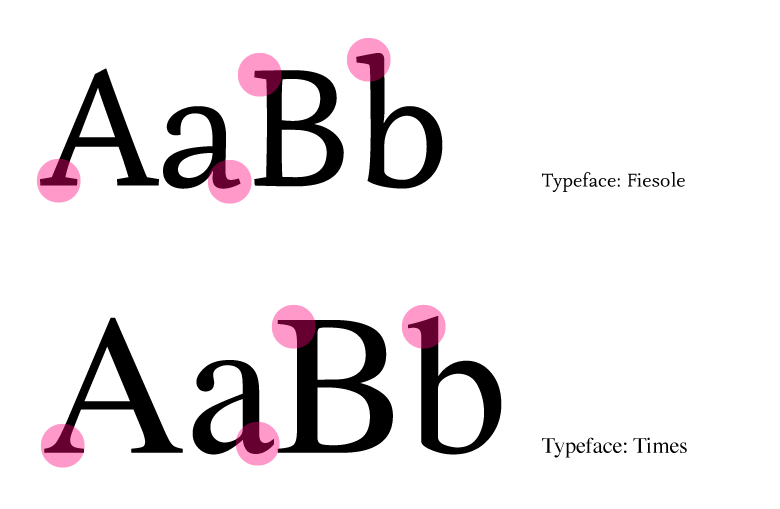

In order for handwriting to be efficiently utilized by students, it is ideal for the process to be familiar and automatic. Pedagogy Significance in education Īs pen-and-paper assignments remain common throughout the century, handwriting practice exercises are still issued by instructors worldwide because handwriting is recognized as a primary tool for the communication of ideas. A handwriting recognition system handles formatting, performs correct segmentation into characters, and finds the most possible words. Alternatively, the movements of the pen tip may be sensed "on line", for example by a pen-based computer screen surface, a generally easier task as there are more clues available.

The image of the written text may be sensed "off line" from a piece of paper by optical scanning ( optical character recognition) or intelligent word recognition. Signature of country star Tex Williams Handwriting recognition (HWR), also known as handwritten text recognition (HTR), is the ability of a computer to receive and interpret intelligible handwritten input from sources such as paper documents, photographs, touch-screens and other devices. Graphology is primarily used as a recruiting tool in the applicant screening process for predicting personality traits and job performance, despite research showing consistently null correlations for these uses. Graphology is the pseudoscientific study and analysis of handwriting in relation to human psychology. The influence of medication on the quality of handwriting is not clear. With inattention, changes will occur too late, resulting in higher letters and poor alignment of letters on the baseline. To anticipate a change of direction between strokes, constant visual attention is essential. This has been explained with motor skill impairment either due to lack of attention or lack of inhibition. Children who have ADHD were more likely to have difficulty parameterising movements in a consistent way. Fluency of the movement is normal but children with ADHD were more likely to make slower movements during the handwriting task and hold the pen longer in the air between movements, especially when they had to write complex letters, implying that planning the movement may take longer.

Variability of handwriting increases with longer texts. In children with these difficulties, the letters tend to be larger with wide variability of letters, letter spacing, word spacing, and the alignment of letters on the baseline. Ĭhildren with ADHD have been found to be more likely to have less legible handwriting, make more spelling errors, more insertions and/or deletions of letters and more corrections. It is unknown how many individuals with ADD/ADHD who also struggle with penmanship actually have undiagnosed specific learning disabilities like developmental dyslexia or developmental dysgraphia causing their handwriting difficulties. Similarly, people with ADD/ADHD have higher rates of dyslexia. See also: Dyslexia and Dysgraphia § Classificationĭevelopmental dysgraphia is very often accompanied by other learning and/or neurodevelopmental disorder like ADHD.

Because each person's handwriting is unique and different, it can be used to verify a document's writer. Handwriting includes both block and cursive styles and is separate from formal calligraphy or typeface. Handwriting is the writing done with a writing instrument, such as a pen or pencil, in the hand. Various examples of different handwritings in different languages throughout history clockwise from top left: Isaiah Scroll, a breviary, Voynich manuscript, The Communist Manifesto, Constitution of the United States, Description of Greece


 0 kommentar(er)
0 kommentar(er)
